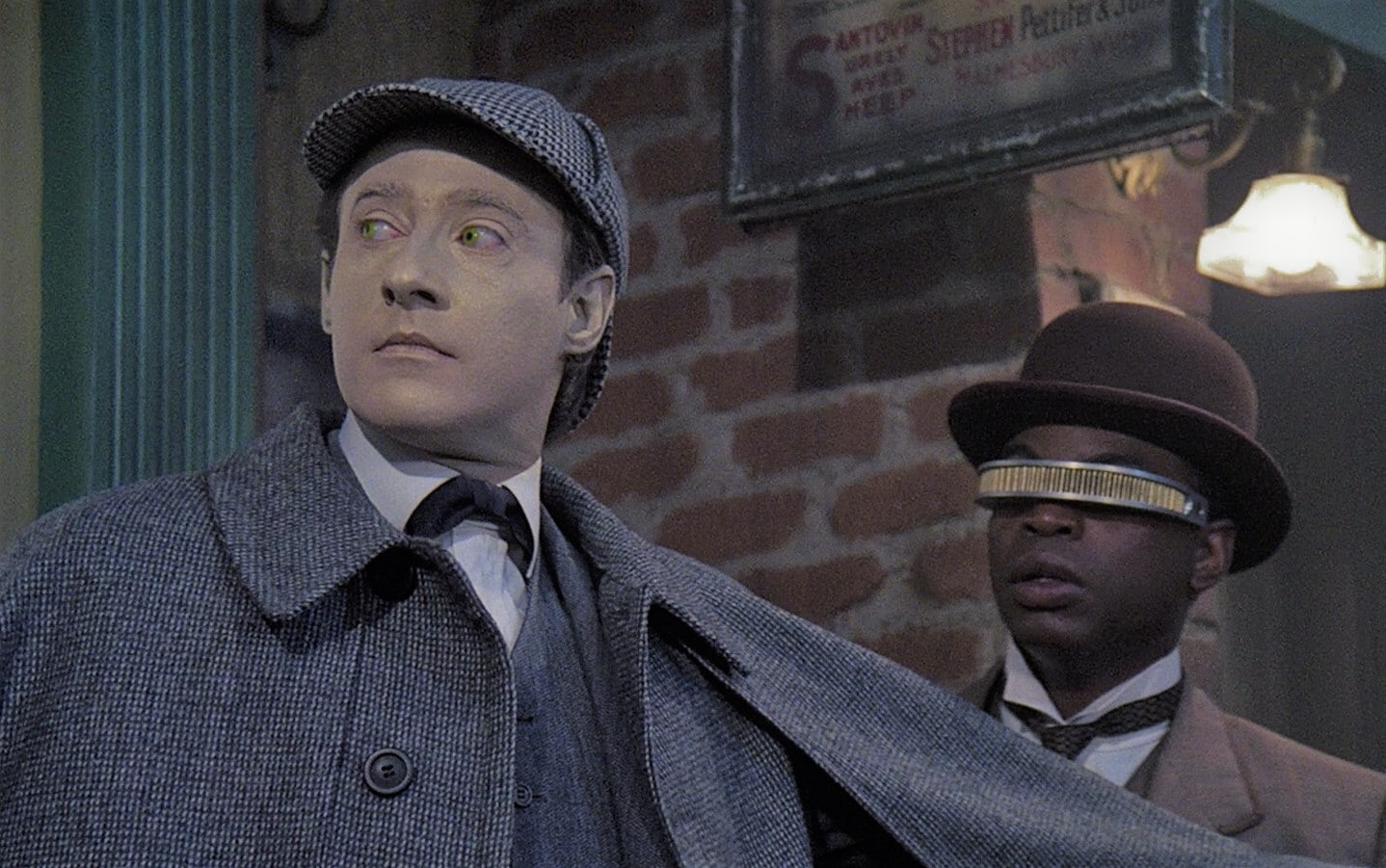One of the central questions for any startup is at what stage of development to enter the market. The answer to this question varies between two extremes: On one end, there is the school of thought that believes the product must be as refined as possible before it enters the market because it is very difficult to repair the reputational damage caused by an inefficient and bug-ridden product among customers. On the other end of the spectrum, there is the approach of launching immediately once there is a product because if you wait until the product is fully baked, you miss the opportunity to make improvements that can enhance its value, and you also allow competitors to gain market share. So, what is the marketing strategy for a startup to adopt: to launch or to continue developing? That is not even the question.
Are drones a success or a failure? It depends.
Take a moment to think about drones. What is the first thing that comes to mind? Most people would think of drones for photography or entertainment purposes. But what are drones really designed to do?
It is difficult to trace the exact history of commercial drone development as we know it today, but what is clear is that in 2013, Jeff Bezos set an extraordinary goal for Amazon: to establish an autonomous delivery system using drones that would be more precise and faster than any other method. “I know it sounds like science fiction,” Bezos said in various interviews at the time, “but it’s not.”

Did he get it right? It’s still too early to decide. In 2016, three years after the announcement, Amazon did indeed conduct its first drone delivery. However, the real-world implementation has presented numerous challenges in making the technology mainstream: from weight restrictions to dealing with regulations, and adapting the supply chain logistics. Drones have not yet brought about the expected revolution.
Does this mean that drones are a failure? We know they’re not, as drones have achieved great commercial success in the fields of videography. The same product that has not been fully developed for delivery purposes has thrived in the field of photography, thanks to significant advancements in camera equipment and batteries.
If drone developers had focused on improving the product and adapting it to the delivery sector, they would have missed out on the potential of the same product in a completely different field.
The pursuit of the perfect product: A winning strategy?
The world of drones may be an extreme example, but there is much to learn from it. It’s clear that every startup’s aspiration is to offer the market a perfect product that provides full value and solves the intended problem in the best possible way. However, the perfect product is not the one initially sketched on the drawing board, but rather the one that receives real feedback from users after dealing with unexpected challenges that arise in the product development process—ranging from performance issues to user experience and marketing. The question always revolves around technological limitations, financial resources, and time constraints.
Understanding that every startup is constrained by the three elements of technology, money, and time should calm the entrepreneurs because there is no such thing as a “perfect product”. The goal is not to achieve a perfect product but rather to create a product that offers a better solution than what currently exists for a specific need in a specific market and at the right time.
So, what do you do when the product is working but not perfect? There are cases where returning to the drawing board or production line is necessary, and many startups choose this option. However, there is another way to approach the situation: to strive for improvement without limiting yourself mentally. You can release a product with certain capabilities without making excessive promises and disappointing users.
The question is: What is the story of your product, and at which stage are you currently positioned?
Marketing Strategy for a Startup: What’s the Story of Your Product?
As mentioned, no product is without flaws, especially in the early stages of development. In such cases, it is important to define the narrative of your product. To build a suitable narrative, you need to precisely define what your product is intended to do, for which specific target audience, and how it will transform the lives of end users.
Your product doesn’t have to solve all the world’s problems. It doesn’t even have to solve all the problems in the relevant market or for the relevant audience. It needs to provide a specific, predefined solution. If you have accurately defined the market, the target audience, the problem, and the solution, you have a product story, or in marketing terms, a narrative.
A good example of a product whose narrative contributed to its success even when it had limitations in its capabilities is the GoPro camera.
Beyond drones: The Narratives of GoPro and Tesla
In 2006, when GoPro’s first digital camera hit the market, it was a very limited product. The image quality was not high, the recording time was only ten seconds, and the camera suffered from various operational issues. The product improved over the years, especially with the launch of the HERO series, but GoPro’s success was not dependent on new features or improved quality alone. It relied on the product’s narrative. It was a specific product for a specific type of people that allowed them to do something that was not previously possible: self-captured footage without the need for a photographer, even during extreme activities. For example, surfers were among the first to adopt the use of GoPro, despite its limitations. There is no doubt that the camera technology was inferior compared to other cameras available in the market, but it fulfilled a different need and offered a different narrative, bringing a significant change to the lives of end-users.

Another example is Tesla, the electric car company. The company’s first model, the Roadster, reflected its business model at the time: manufacturing a small quantity of cars that required less regulation and had higher price points, which was not suitable for mass-market car sales. The company’s story and the story of the vehicle were significant parts of the sales, even though the model itself had its drawbacks. Only later did the company transition to a mass-production business model. In the early stages, Tesla primarily sold a narrative.
How to find a narrative for your product? With honesty
I know, your product is probably neither a GoPro nor an electric car. Sometimes it may seem boring, niche, or overly specific. But the truth is, every product has a story, and there is no user who wouldn’t be happy to receive a product they understand. How do you create a narrative for your product? With an honest approach – honest marketing. If you are sincere about your product, its advantages and disadvantages. If you listen carefully to your target audience, you can develop a fitting story: who it is intended for, its purpose, and the change it will bring to the lives of relevant consumers.
This applies not only to startups at the beginning of their journey but also to established products of large companies. For example, if a pharmaceutical company develops a drug designed to help reduce appetite for weight loss, it would be wise for the company to highlight the product’s benefits (what it can achieve) and its drawbacks (cost, side effects). This way, the company can deeply understand its impact on consumers’ lives and determine which target audience it is most suitable for, why, and what needs it serves beyond weight loss.
If you’re developing a smart home electrical system, try to understand precisely where your strengths and weaknesses lie. Based on that, shape your target audience and the product’s story. For example, how to turn your home into an “almost” smart home at a significantly lower price or, conversely, how for a little extra money, you can have a truly smart home. Tailor your narrative to the strengths or weaknesses of your products and what they can bring to the lives of end consumers.
The aspiration for perfection is important, but not at the expense of everything else
The desire for continuous improvement should always be at the core of your actions. However, this drive to refine and develop should not prevent you from simultaneously sharpening and evolving the narrative of your product at its various stages. A marketing strategy for a startup should take into account not only the specifications and capabilities but also the construction of the narrative and the story of the startup and its key products.



